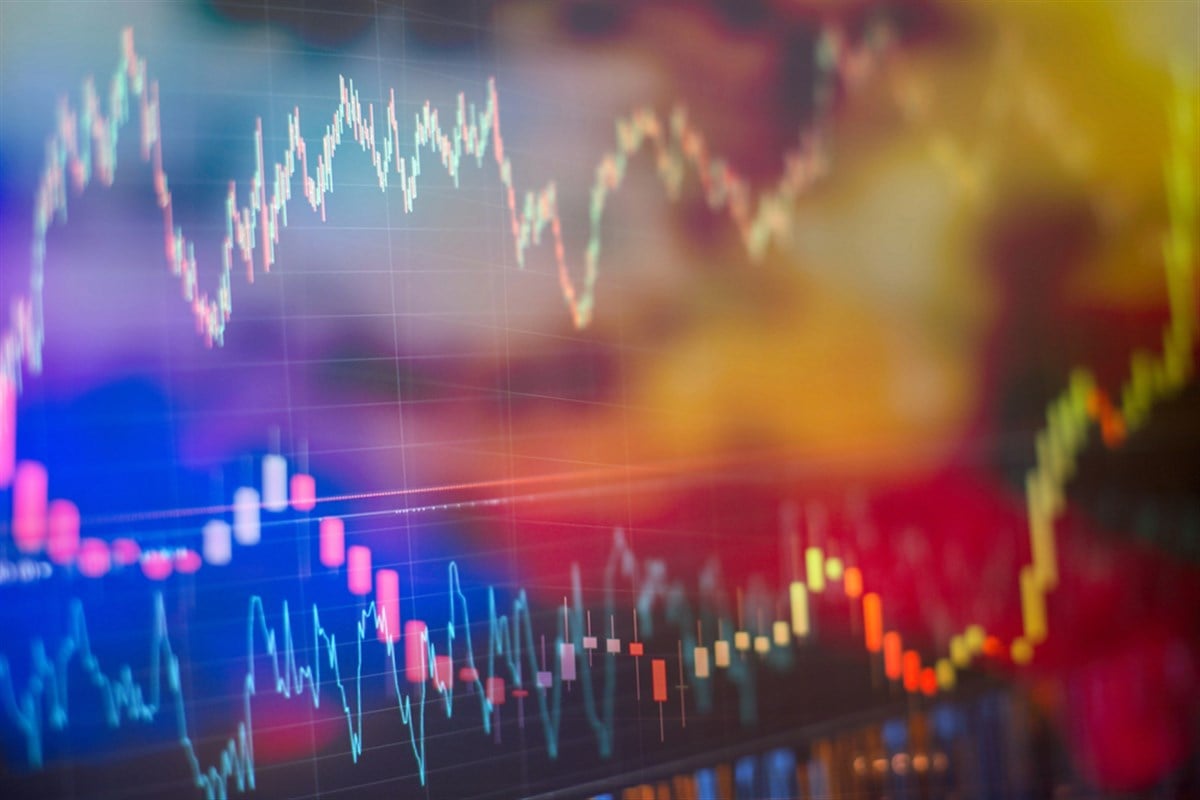
Markets go through different cycles, both taking on uptrends and downtrends as money needs to exchange hands from sellers to buyers and vice versa. However, there is another cycle that needs to be considered by both investors and traders, and this is the one that can often define the fate of portfolios and retirements moving forward. This cycle measurement is volatile. Through the widely known volatility index (VIX), investors can benchmark how calm (or fearful) the market is currently.
Not only does the VIX measure the psychological state of the market, but it also often dictates where capital flows in and out of, sort of in a systematic way that is becoming increasingly the normal operating mandate at investment banks and other entities in the market. Now that the index is starting to trend in a specific direction higher, capital might flow into (and out of) in the coming months.
With this in mind, a few products and assets can act as a great hedge to the SPDR S&P 500 ETF Trust (NYSEARCA: SPY), where most investors are likely exposed to the S&P 500 index. The first step that can be taken staying inside the world of stocks, can be the consumer defensive sector, where investors can consider the broader Consumer Staples Select Sector SPDR Fund (NYSEARCA: XLP) as a great hedge to start, and before going over the rest, here’s why this one is a great beginning.
XLP: Capital Understands Cycles Better
[content-module:CompanyOverview|NYSEARCA:XLP]Over the past quarter, which has seen the VIX start to pick up a bit above the previous trends, investors can note that this consumer staples exchange-traded fund (ETF) outperformed the broader S&P 500 index by as much as 8% during this period, signaling deeper underlying confidence that this area of the economy will be the one to outperform in the future.
Zooming into the market activity behind this outperformance, the trends start to become a bit clearer as well, considering that up to $1.6 billion went into the ETF over the past quarter, with an additional $855 million in buying during the most recent quarter (which is only made up of April and May 2025 so far).
This is another sign of confidence and higher expectations for the sector to keep outperforming the rest of the market in the coming months, and for good reason. As volatility goes higher in the broader market, capital seeks the safe havens typically found in this ETF and its holdings, which are mostly recession, tariff, and volatility-proof.
TLT: Fundamental Rotations Lead to Bonds
[content-module:CompanyOverview|NASDAQ:TLT]Then there is another systematic rotation that usually takes place when the S&P 500 becomes too volatile to hold or keep investing in, and that is the world of bonds. Bonds are the “safe haven” of preference for institutions to start accumulating during times of uncertainty and volatility (such as today), due to their underlying safety and income.
Today, looking into the iShares 20+ Year Treasury Bond ETF (NASDAQ: TLT), this theme becomes apparent, though more subtly. As the Federal Reserve (the Fed) waits to see additional inflation and employment data to decide the right time to cut interest rates, the price of these bonds remains compressed, but that might not be for long.
Noticing that the dividend payout of $3.78 per share in this bond ETF translates into an annualized dividend yield of up to 4.35%, investors can see that the falling inflation rates and fears of a bear market continuing from here make bonds an asymmetrical place to be in, with much more upside potential.
To understand this, investors must know that the yield on bonds (or, in this case, the ETF dividends) usually reflects the inflation outlook, and a 4.35% inflation rate is a thing of the past. Because of this, bonds and bond ETFs are attractive propositions to portfolios today, alongside their underlying stability and compressed volatility.
This is why the bond ETF also outperformed the broader S&P 500 during the quarter, signaling that some capital might have gone into these products, with no signs of leaving them just yet.
Emerging Markets: Another Worthy Mention
[content-module:CompanyOverview|NASDAQ:MCHI]One macro belief to come out of these trade tariffs is the potential for a weakening dollar index ahead, and that always makes room for upside in emerging markets. When it comes to rewards versus risk, looking into China’s stock market makes more sense than ever.
When tariff deals are resolved and uncertainty is removed from the equation, those who left China’s investment arena will likely come back into it, though by the time that rotation becomes apparent, it will already be too late. This is why today is the best time to consider the iShares MSCI China ETF (NASDAQ: MCHI) for portfolio hedging.
With names like Alibaba Group (NYSE: BABA) and other big names in technology making up a large percentage of the ETF’s holdings, investors can expose themselves to serious upside potential when these deals are announced for trade agreements.
Where Should You Invest $1,000 Right Now?
Before you make your next trade, you'll want to hear this.
MarketBeat keeps track of Wall Street's top-rated and best performing research analysts and the stocks they recommend to their clients on a daily basis.
Our team has identified the five stocks that top analysts are quietly whispering to their clients to buy now before the broader market catches on... and none of the big name stocks were on the list.
They believe these five stocks are the five best companies for investors to buy now...
